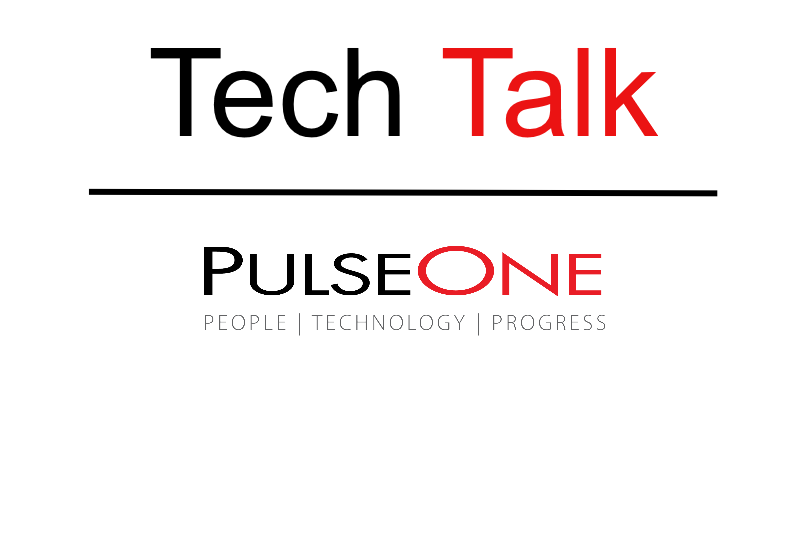Office 365 Migration: Top Points you Should Consider

Running a business takes a lot of energy. Figuring out how to run it to the best of your ability should not be a daily struggle. If you do not already have a standard operating platform for your company, it might be time to consider migrating your systems, so that you can focus your time and energy where it is needed most. One of the more common migration scenarios is going from Google (G Suite) to Office 365. Let us look at some of the factors to consider when thinking about this particular migration.
Office 365 migration: Planning, Execution, and Maintenance
When it comes to adopting any modern technology, it all comes down to three steps. The first is planning, then execution, and finally ongoing maintenance. Planning is a critical stage when considering an Office 365 migration. At this stage, you need to make sure that you have completed the prerequisites and workloads.
There are many services of Office 365 that an organization needs to prepare for when moving from Google workspace. Much of the planning for businesses pertains to moving their data from one access point to the other and then training the workers regarding one-drive planning.
During the planning process, you will need to review your infrastructure, and the versions of all the software you are running, and then analyze the Office 365 migration requirements. When setting up, you will also need to look up certain requirements so that you can utilize the necessary features. Another element of Office 365 migration is managing identity and active directories. Office 365 monitoring offers a wide range of cyber threat protection, from malware and ransomware detection to data leakage prevention. By tracking user activity and identifying potential threats, you keep your Office 365 environment safe and secure.
Identity Management
Smaller organizations have the option to transform into entirely cloud-based directory systems. For larger organizations, it is typically better to go for hybrid solutions that combine private and public clouds. This is when you must meet certain requirements and use tools that will analyze the directory and find out whether there is any work for you to prepare. Some of this work may be very time-consuming, so larger organizations need to complete this process as soon as possible when considering an Office 365 migration.
The Key is to Realize the Differences
When moving from Google to Office 365, it is critical to realize that there is a separation between technical solutions, business requirements, and functions. Therefore, if there is a business function that you need to achieve, then you can achieve it using any other platform.
However, you do not have to necessarily use it in the same way. For example, during the migration process, you may come across situations that require you to reform and rebuild the M365 space. The benefit of that is that you will have an entire host of offerings and products within Microsoft that will be tied in you’re your Office 365 migration. Learn what office 365 pros and cons are.
Moving Files Makes Individual Owners
Oftentimes, when companies complete an Office 365 migration, they do not realize that when moving and creating folders and data they can make individual owner files. For instance, a person in an organization can create an HR folder in their personal Google Drive and share it with the team. This allows the team to seamlessly make changes to the data.
In Google, this mechanism works great. If the person who initially created the file leaves the company, all the other users will still have access to it. Since the file is in the Drive, only the admin can restrict access for people. The users also get assigned as owners of all the files and folders, allowing folks to retain the data on the file.
Many IT departments will think that their plan to complete a Google to Office 365 migration would be to simply transfer every team member’s Google drive directly to OneDrive. This approach may be technically an obvious solution, but this sharing component is something that oftentimes gets overlooked.
You need to realize that when you move an individual’s Google Drive to OneDrive, the rest of the members that have access are not owners. In Microsoft, only individuals that created them own the files that a person creates. This means that the rest of the users may be able to read, edit, write, and delete access, but they will not be owners.
If the user who created the file leaves the company and their account becomes disabled, it will decommission their One Drive. At this time, all the other users that once had access to the files will no longer be able to. This is just one thing to plan for when considering an Office 365 migration.
How PulseOne Can Help With Office 365 Migration
The concept of migrating will require you to rethink the way you look at user permissions, security, and overall data management. Having the right system in place will allow your business to be more streamlined so that you can get the most out of your time. As you know, running a business is not always simple, but we at PulseOne believe your business technology should be. Our team of IT experts can not only help you analyze which technology will best meet your needs but can also implement the systems and be there every step of the way in the transition. At PulseOne, we are Office 365 migration experts, and we put our insight and experience in IT management solutions to work for you. Receive enterprise-level IT support from a company that passionately works for your success. Start by contacting us.


